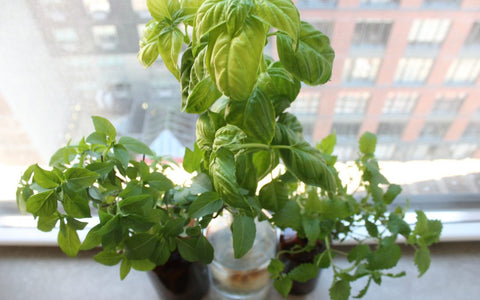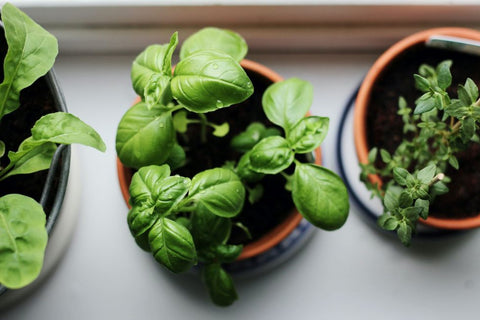Who Knew Your Plants Were This Busy?
Ever thought your plants were just sitting there looking green and chill? Think again! Your leafy friends are actually hard at work. Plants are ‘photoautotrophs’, which is a fancy word for organisms that use light as their main source of food. They turn sunlight into the energy they need to grow, and guess what? That makes light one of the most crucial elements for their health and happiness.

Maximizing Natural Light for Indoor Plants
If you’re growing plants indoors and relying on natural light, window orientation becomes super important. For those living north of the equator, a south-facing window is typically your best friend. But beware—just having a south-facing window isn’t a guarantee for great light. Consider these factors:
- Shadows from nearby buildings: In cities like NYC, tall buildings can block your sunlight, making it tough for plants to get enough light.
- Window glazing: Some modern windows have treatments that can reduce light by up to 30%. This is especially common in newer, high-rise buildings.
- Your latitude: The closer you are to the equator, the more consistent your natural light will be throughout the year.
- Seasonal changes: The time of year can greatly impact the amount of natural light your windows receive.
Not sure which way your window faces? Check out Google Maps to find out!
The Great Window Experiment: Which Direction Wins?

Curious about how much window orientation really matters for plant growth? So were we! We conducted an experiment comparing plants in north, east, and south-facing windows. We tested Basil, Mint, Oregano, and Cilantro. Here’s what we found:
- The north-facing window was the worst—some plants didn't survive the 40-day experiment.
- The south and east-facing windows performed similarly, but the south-facing window had triple pane glass, which likely blocked more light compared to the east-facing window.

Top Tips for Boosting Light in Your Indoor Garden
If your plants are looking tall, skinny, and sparse, they might be stretching towards the light. Not enough light can cause them to focus their energy on growing upwards rather than developing full, healthy foliage.
Here’s what you can do to help:
- Move them outside: If temperatures permit, place your plants outside where they can soak up unobstructed sunlight. Just be mindful of temperature extremes!
- Invest in a grow light: A grow light can supplement natural light, especially in darker months. Learn how to set up an affordable grow light in this blog post.
- Wait for brighter days: Sometimes, patience is key. If it’s winter and your days are short, consider waiting for spring or summer. Use this tool to check the daylight duration in your area.
If you’re interested in more indoor gardening tips or have any questions, feel free to drop us an email or sign up for our newsletter!








There are no comments for this article. Be the first one to leave a message!